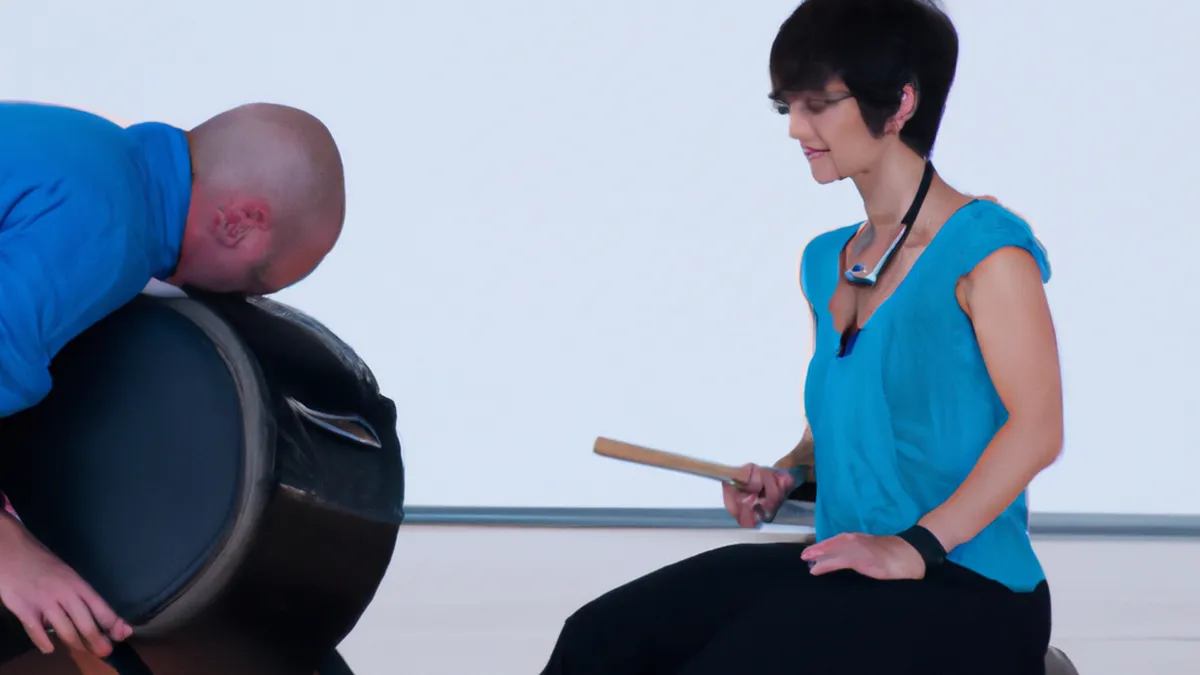Merging Soundscapes with Qigong Healing Techniques
The Use of Music and Sound in Qigong Recovery Sessions
Qigong combines movement, meditation, and breath control to promote healing. Practitioners now incorporate music and sound into recovery sessions. Music and sound enhance emotional release and deepen self-connection. This blog explores how to integrate these elements effectively.
The Role of Music in Qigong
Music evokes emotions, memories, and physical responses. In Qigong, it helps participants connect deeply with their practice. Soothing music creates a calming environment, encouraging relaxation. This atmosphere fosters a mindful state essential for effective Qigong.
Setting the Mood with Music
Choosing the right music enhances the Qigong experience. Soft instrumental tracks or nature sounds help participants focus on their breath and movements. The right soundtrack transports participants to a peaceful mind, easing daily stress.
Consider the tempo of the music. Slow melodies align with Qigong’s fluid movements, promoting mindful pacing. Faster music may disrupt flow and hinder the practice’s therapeutic benefits.
Tips for Integrating Sound in Qigong
Incorporating sound requires intention and mindfulness. Here are tips to maximize music and sound benefits:
1. Use Sound Healing Instruments
Include sound healing instruments like Tibetan singing bowls or gongs. These instruments create rich vibrations that resonate with the body and mind. Striking a bowl or gong promotes relaxation and helps release tension.
Start or end sessions with these instruments. This practice grounds participants and prepares them for the session. Using sound healing instruments during Qigong movements reinforces breath, movement, and sound connections.
2. Create a Playlist
Curate a playlist to align music with Qigong practice. Include tracks that evoke calmness and vary selections based on the practice type. Use energizing music for dynamic sessions and softer melodies for restorative practices.
Keep the volume low to create soothing background music. Participants should still hear their breath and movements.
Conclusion
Music and sound significantly enhance Qigong practices. Intentionally integrating these elements fosters deeper connections and promotes relaxation. Consider these tips to elevate your Qigong sessions.
Below are related products based on this post:
FAQ
How does music enhance the Qigong experience?
Music evokes emotions, memories, and physical responses, helping participants connect deeply with their Qigong practice. Soothing music creates a calming environment that encourages relaxation and fosters a mindful state essential for effective Qigong.
What types of music are best for Qigong sessions?
Soft instrumental tracks or nature sounds are ideal for Qigong sessions as they help participants focus on their breath and movements. It’s important to choose slow melodies that align with Qigong’s fluid movements, while avoiding faster music that may disrupt flow.
How can sound healing instruments be incorporated into Qigong practice?
Sound healing instruments like Tibetan singing bowls or gongs can be included to create rich vibrations that resonate with the body and mind. Starting or ending sessions with these instruments promotes relaxation and reinforces the connection between breath, movement, and sound during the practice.















Post Comment